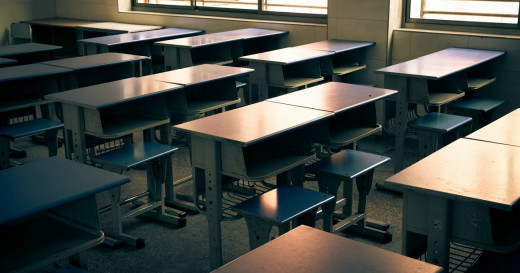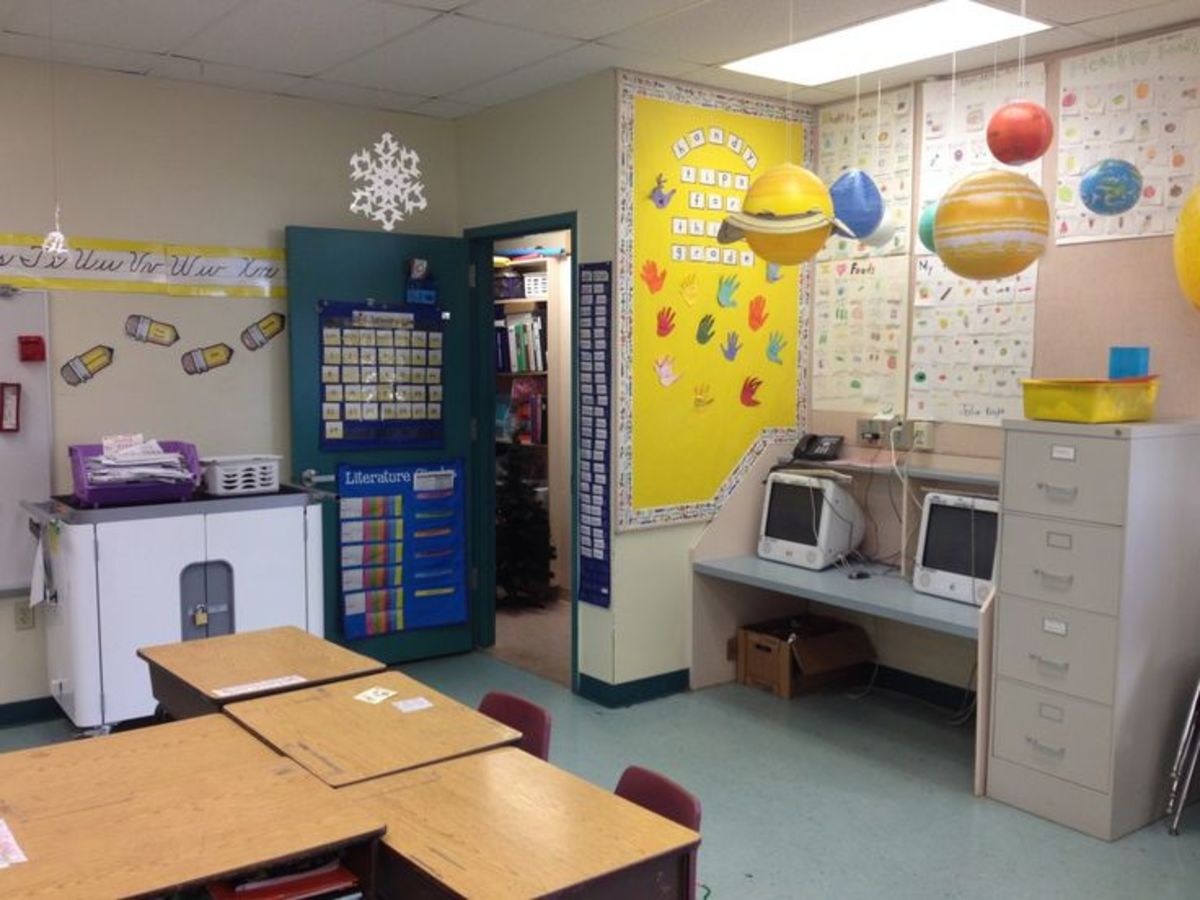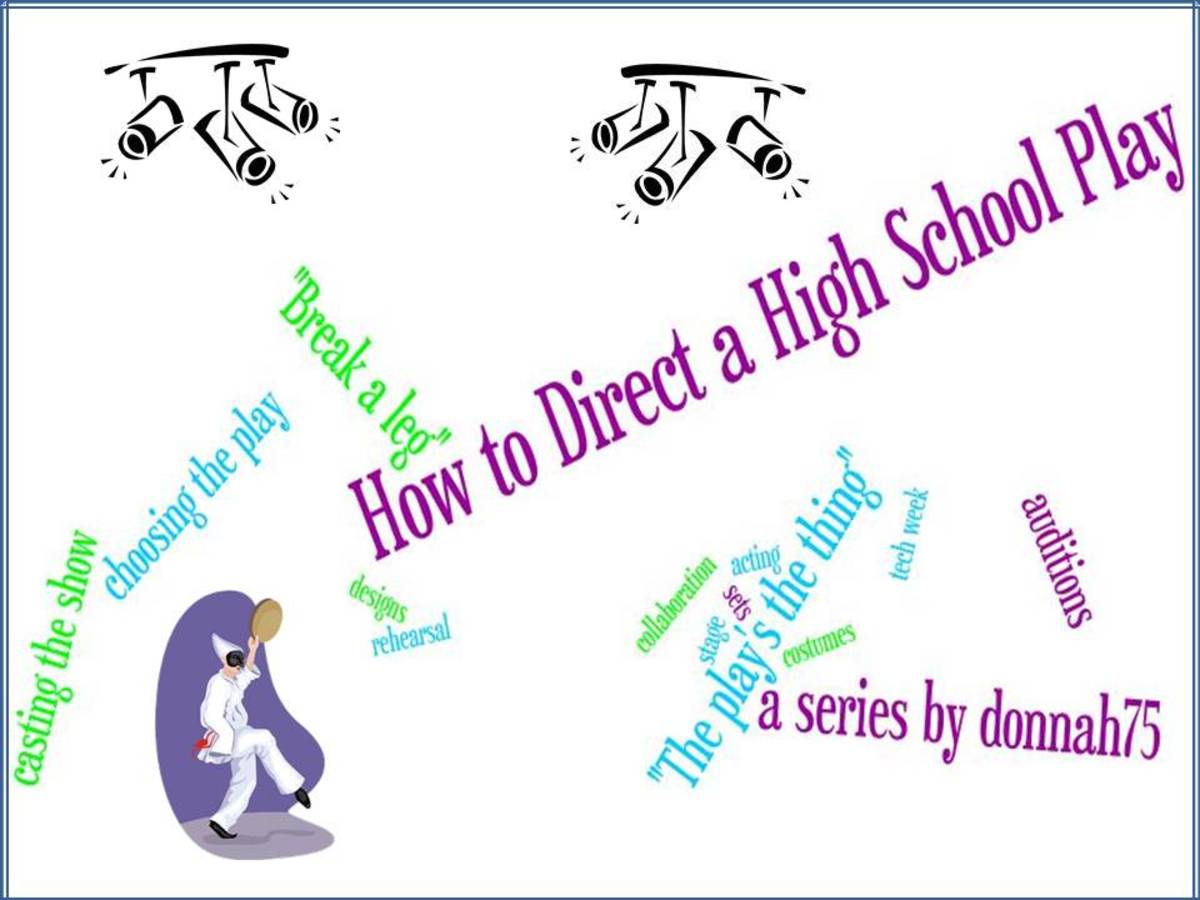Will COVID-19 Change Education As We Know It?
A Very Different Landscape

Will Education Change Because of COVID-19?
As an educator with kids in Grade 5 and Grade 10 respectively, I've found the last couple of weeks somewhat difficult. One of those two weeks was our designated March break, but because of COVID-19, our plans to go see Hamilton in Toronto were scrapped, and we're now trying very hard to get an exchange on those tickets so we can still see the play. I'd also hoped to perhaps take the kids to the Ripley's Aquarium, as it had been some time since we'd actually gone, but again, those plans were canceled due to the rapid-fire - and entirely necessary - closures of non-essential activities and stores.
As a result, we stayed home and tried to avoid activities where we might come into contact with people other than ourselves. This also resulted in a March break that felt considerably longer than it usually does.
We theoretically should have been back in our respective classrooms beginning March 23 and would have been if not for COVID-19. Plans are coming together at all levels to determine the next best steps for our students, and for right now, it looks like one of those possible plans will result in some sort of structured distance learning, largely because there is no other real option because currently, students and teachers are not allowed back in their classrooms. As a result, the only real possibility for learning to continue is via a distance learning platform of some sort. This has sparked conversations about equity among all students because almost certainly, not everyone has access to appropriate technology because of a lack of finances or because there is more than one child in the house, which can also cause some equity issues, as sometimes there just isn't enough technology to go around.
Because of COVID-19, we have had to reconsider in very real and tangible ways how our interactions with individuals are going to continue. This is especially true in a classroom setting, as you generally have anywhere from 24 to 30 people or more in a classroom. Most classrooms generally do not have enough space to allow everyone to be about six feet away from each other, so what is a classroom going to look like when we are in recovery from COVID-19 and looking back on the lessons that this virus has given us?
While I am sure we will all be far more appreciative of those we see daily once we are allowed more regular personal interaction with individuals, are we actually going to be able to continue to have the sheer volume of kids in any given class? I know social distancing protocols aren't necessarily going to be in effect forever, but classrooms and schools, for that matter, are giant incubators.
Think about it. Every cold and flu season, at least half the students in that class are going to have varying degrees of illness because students are in such proximity to each other, and not everyone is wonderful about washing their hands the way that they should. If someone unwittingly walks in with COVID-19, that virus is going to spread through the school population like wildfire. It would be wise to keep the numbers down in any given class so appropriate space, at the very least, can be guarded between students, and really, between student and teacher.
Maintaining good mental health during this pandemic has also been a challenge, and once we are all finally allowed to return to a classroom setting, I am suspecting there will be students, if not parents, who are somewhat wary still at that point about sending their sons and daughters to school. How do we address those needs at that point? I realize for some of the questions I'm asking, it will come down to a matter of coming up with a plan once we see there's a problem, but regardless, those students who are having concerns about being in a classroom once this pandemic is over will need their educational needs addressed appropriately.
Finally, there's the matter of distance learning not being a one size fits all approach. There are many students who really don't like distance learning, as they might lack the motivation to work independently. They might find distance learning is far more difficult than they may have realized. They might find they miss the interaction in person with their teacher. I don't know what the answer is, but I think what we're looking at is the beginnings of a potential shift in the world of education because of COVID-19.
The question is, will we be comfortable enough to address it and shift with it?







